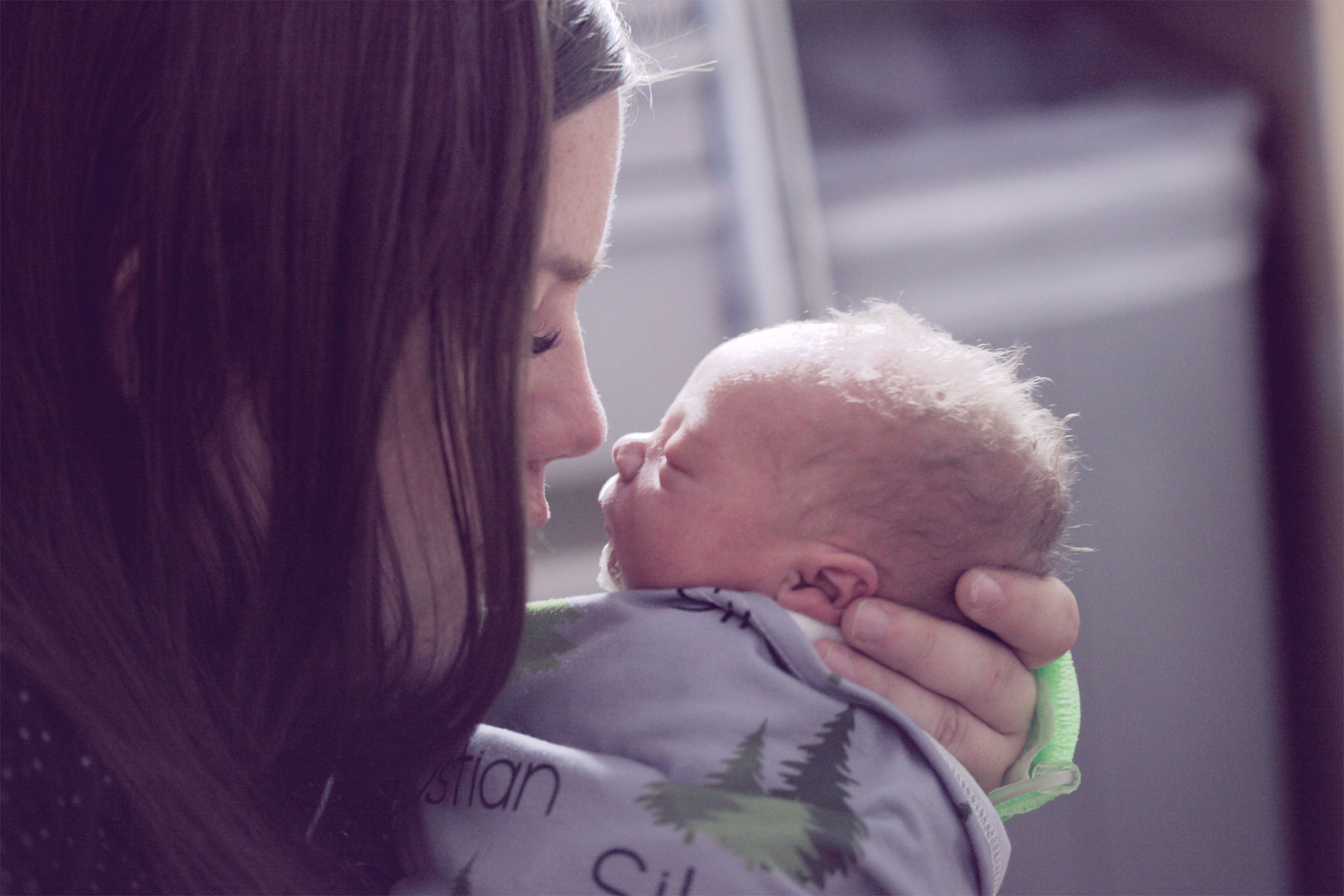
27 Nov Balloon labour induction can be safer for babies
Melbourne researchers from Monash University have found that one of two common methods to induce labour is safer for babies, although both were as safe for the mother and neither led to more caesarean births.
Labour induction is one of the most common obstetric interventions and rates have significantly increased over the past decade, from 25 to 35 per cent in Australia alone.
The findings could help inform the growing number of inductions conducted globally each year – now around 14 million – when the risks of continued pregnancy outweigh the benefits.
Published in The Lancet, the Monash Health and Monash University-led study found clear evidence that a balloon catheter leads to an improved safety profile for newborns than vaginal hormones.
Most commonly, the cervix is ‘ripened’ either mechanically, by inserting a water-filled balloon catheter which exerts pressure on the cervix over several hours and guides it open, or hormonally, with medications that replicate prostaglandin, a hormone which also softens and opens the cervix.
The international data meta-analysis concluded that while both methods were effective, balloon catheters were safer for newborns and using them could considerably reduce adverse birth events.
Investigators of 12 high-quality trials contributed data, resulting in 5,460 women who were randomised in original trials for either balloon catheter or vaginal prostaglandins.
First author Dr Madeleine Jones, a Monash Health/Monash Women’s Registrar and Monash University Department of Obstetrics and Gynaecology PhD candidate, said previous research had demonstrated that balloon catheters were likely as effective as vaginal prostaglandin.
“However, it was unclear if one method was safer than the other, as there is a limited ability to measure these with either single clinical trials or analysis of summary data from multiple trials,” Dr Jones said.
What all this means is perinatal safety should be carefully assessed in shared decision-making and policymaking around choices of labour induction methods.

